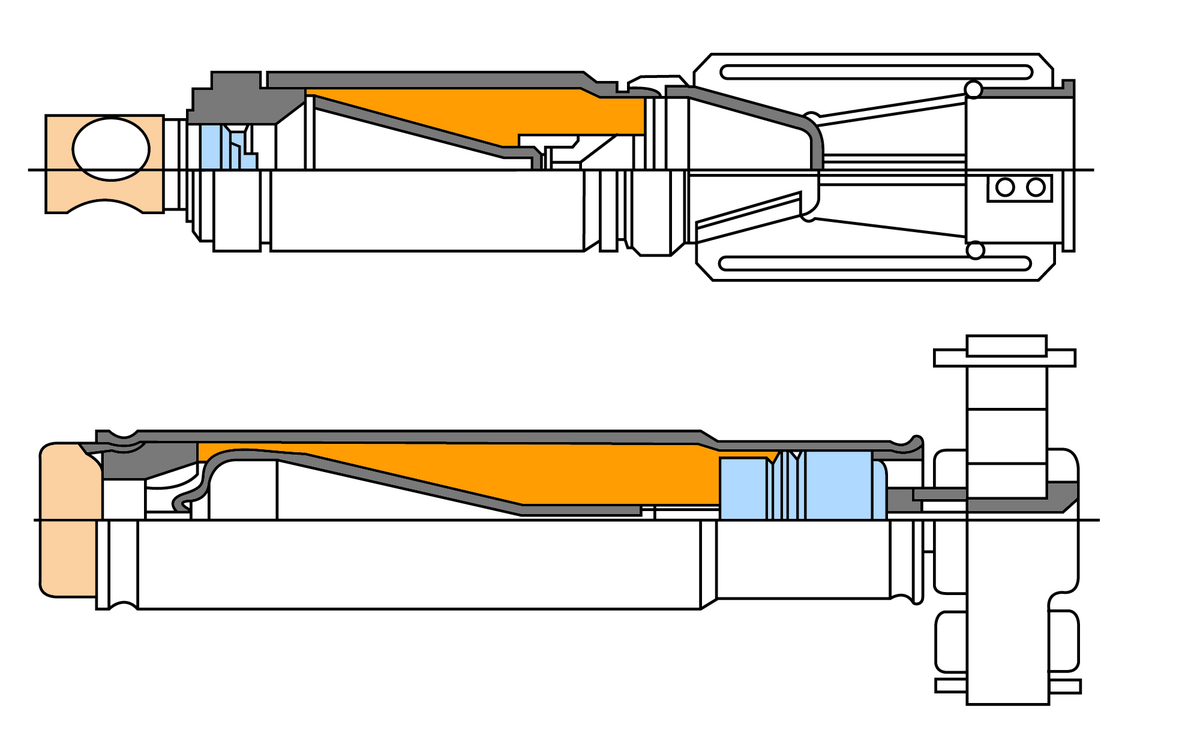GrauGeist
Generalfeldmarschall zur Luftschiff Abteilung
It might be difficult to find numbers for the seperate variants, but the early IL-2 single seat was highly vulnerable to interception and the two seater modified from the first version (with the AM-38 engine) was still vulnerable despite the rear gunner due to it's performance.After reading through this thread and going through what I can find on the internet, I'm curious if the IL-2 really shouldn't be compared to something like the SBD Dauntless or the Fairly Battle as the performance seems more comparable. I'm also really unclear about how the IL-2 was used in combat. From what I can find, it seems like it was expected to be in very close support and exposed to ground fire for extended periods of time. That might help explain some of the very high loss rates due to ground fire. I also looked for annual loss rates with the theory that maybe the loss rates were exceptionally high early in the war and began to taper off as the Soviets gained control of the air, but that doesn't quite seem to be the case. Here is how I calculated loss rates for the IL-2/IL-10. Not a perfect approach but hopefully reasonably close. I have attached some screen shots at the bottom from my sources:
Total # of IL-2/IL-10 produced 1941-1945 (Wiki) 42,330
Total # aircraft produced by USSR 1941 - 1945 (Harrison) 134,365
IL-2/10 as percentage of total production - 31.5%
Estimated Annual IL-2/10 Production based on % of Annual Overall Production (Harrison)
1941 = 12,377(.315) = 3900
1942 = 21,681(.315) = 6829
1943 = 29,877(.315) = 9392
1944 = 33,205(.315) = 10,460
1945 = 37,285(.315) = 11,744
Annual Loss Rate (%) based on loss numbers from Wiki
1941 = 533/3900 = 14%
1942 = 1676/6829 = 26%
1943 = 3515/9392 = 38%
1944 = 3347/10460 = 32%
1945 = 1691/11744 = 14%
Using the numbers provided by Vincenzo in a following thread
1941 = 533/1542 = 34.5%
1942 = 1676/8229 = 20.3%
1943 = 3515/11193 = 31.4%
1944 = 3347/11110 = 30%
1945 = 169/4089 = 4%
I'm sure there's a bit of error built in to my approach, but the thing that stands out to me is how the loss rate in 1944 stayed relatively flat with 1943. This leads me to think that Soviet CAS tactics had a lot more to do with IL-2 loss rates than whether or not the Soviets had achieved local air superiority. Perhaps someone who has an understanding of this would care to expand on this. Lastly, I'm also interested in the effectiveness of the PTAB bomblet that seems to have been extensively used by the IL-2 later in the war.
Apologies that this is more a series of questions rather than knowledge sharing.
Regards,
Kk
View attachment 653315View attachment 653316View attachment 653317
As the IL-2 was upgraded (engine, metals and armament), it seemed to reach a point of parity as the Luftwaffe's dominance started to wane.

